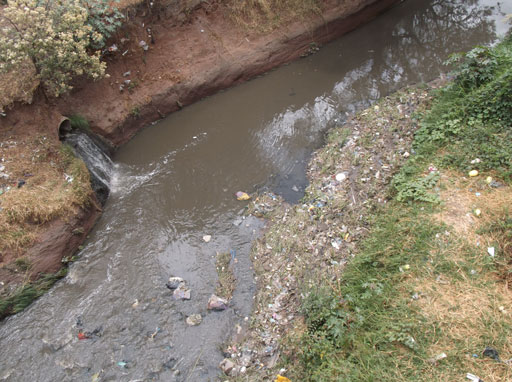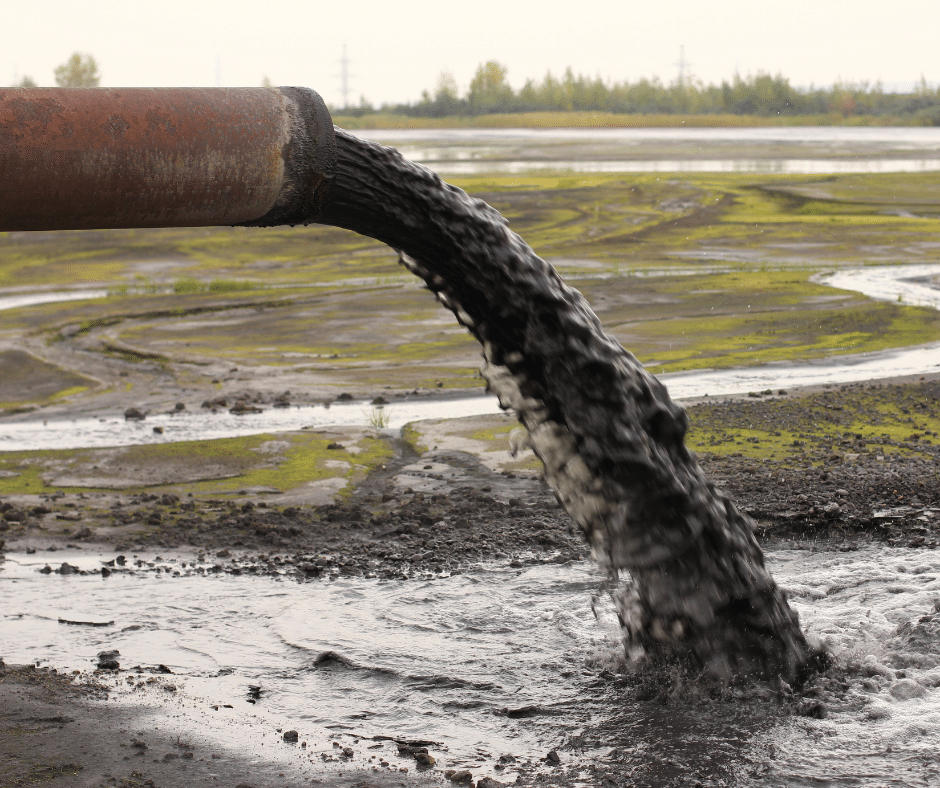Leading Industrial Wastewater Treatment Solutions: Making Certain Conformity and Performance
Leading Industrial Wastewater Treatment Solutions: Making Certain Conformity and Performance
Blog Article
Comprehending the Comprehensive Refine of Liquid Waste Disposal: Ideal Practices and Environmental Influence Factors To Consider
The monitoring of fluid waste disposal is a diverse issue that requires an extensive understanding of different ideal methods and their connected ecological influences. From the sorts of liquid waste generated to the techniques employed for collection, treatment, and last disposal, each action plays a vital duty in guarding ecological communities and public wellness. As regulative standards progress and innovation advancements, the discussion around these processes comes to be significantly essential. What ramifications do these changes hold for future sustainability efforts, and just how can stakeholders make sure that they are properly dealt with?
Kinds Of Liquid Waste
Recognizing the different kinds of fluid waste is crucial for efficient monitoring and disposal practices. Liquid waste can be extensively classified into several types, each calling for distinct handling and therapy methods.
Industrial fluid waste frequently consists of hazardous materials, consisting of hefty steels, solvents, and chemicals, created throughout making procedures. These wastes demand rigorous regulative conformity to safeguard human health and wellness and the setting. Domestic fluid waste mostly refers to wastewater produced from houses, including sewage and greywater, which, although less hazardous, can still posture substantial risks if incorrectly handled.
Agricultural fluid waste, including runoff from farms, typically consists of plant foods and pesticides that can cause environmental deterioration if not treated effectively. Clinical liquid waste, generated from health care facilities, includes contaminated fluids such as physical fluids and chemicals, calling for specialized disposal approaches to protect against infection and environmental contamination.
Lastly, oil and grease waste, generally produced by restaurants and vehicle markets, can trigger severe blockages in sewage system systems if not taken care of effectively. Recognizing these groups assists in targeted techniques for therapy, compliance with guidelines, and effective disposal approaches, inevitably advertising environmental sustainability and public wellness safety.

Collection Methods
Efficient collection methods are essential for the appropriate management of fluid waste, ensuring that it is collected safely and successfully before therapy or disposal. Various strategies are employed relying on the type of liquid waste created, the volume, and the certain attributes of the waste.
One usual technique is using dedicated collection storage tanks or sumps, which are designed to catch liquid waste at the resource. These systems frequently include pumps that promote the transfer of waste to larger storage space containers or therapy centers. In addition, mobile collection units furnished with vacuum innovation are used in circumstances where waste is created intermittently or in hard-to-reach areas.
For industrial setups, closed-loop systems can effectively decrease spills and leakages, permitting the healing and reuse of fluid waste. It is likewise necessary to train workers on correct collection protocols to reduce dangers related to dangerous materials.
In addition, implementing normal maintenance routines for collection tools ensures optimal performance and safety. The combination of sophisticated tracking systems can boost collection performance by providing real-time data on waste levels and potential hazards. In general, efficient collection techniques are foundational to sustainable liquid waste management practices.
Treatment Processes
Treatment procedures play a vital role in the management of liquid waste, transforming potentially hazardous materials into multiple-use sources or secure effluents - liquid waste disposal. These procedures can be extensively categorized into physical, chemical, and biological methods, each customized to resolve certain impurities existing in the waste stream
Physical therapy techniques, such as sedimentation and filtering, work by getting rid of put on hold solids and particle matter. These techniques are typically the initial action in the therapy chain, successfully minimizing the load on succeeding procedures. Chemical you can try this out treatments involve making use of reagents to counteract dangerous compounds, precipitate hefty metals, or oxidize organic contaminants, thus enhancing the security of the effluent.
Biological therapy processes, consisting of turned on sludge systems and anaerobic digestion, take advantage of the natural abilities of microorganisms to break down raw material. These techniques are specifically effective for wastewater consisting of biodegradable contaminants. Advanced therapy technologies, such as membrane filtering and progressed oxidation processes, are progressively used to attain higher levels of filtration.
Including a combination of these treatment techniques not just guarantees conformity with regulatory standards however additionally promotes environmental sustainability by recuperating beneficial resources from liquid waste.
Disposal Options
How can companies ensure the safe and accountable disposal of liquid waste? Efficient disposal choices are critical for safeguarding public health and the atmosphere. The main techniques include land incineration, disposal, and therapy complied with by discharge into local wastewater systems.
Land disposal includes the careful containment of fluid waste in assigned garbage dumps, guaranteeing that it does not seep into bordering dirt or water. Incineration, on the various other hand, topics liquid waste to heats, converting it into ash and gases, which require correct filtering to lessen discharges. This technique appropriates for hazardous wastes that can not be dealt with via conventional means.
In cases where fluid waste can be dealt with, companies might choose chemical or biological therapy procedures to counteract dangerous elements before releasing the dealt with effluent into his comment is here municipal systems. This course typically straightens with regulatory needs, making certain that the effluent satisfies safety and security criteria.
Eventually, organizations need to carry out extensive evaluations of each disposal option to establish its feasibility, considering factors such as waste make-up, regulative compliance, and possible risks to wellness and the setting. By choosing suitable disposal approaches, services can add to a liable waste administration strategy.
Ecological Impact
The environmental impact of liquid waste disposal is an important factor to consider for companies seeking to reduce their environmental impact. In addition, the discharge of unattended or improperly dealt with waste into surface waters can result in eutrophication, leading to oxygen depletion and the subsequent death of fish and other organisms.

To mitigate these impacts, organizations should adopt finest practices such as carrying out rigorous waste therapy procedures, promoting recycling and reuse, and adhering to governing requirements. By taking a proactive strategy to fluid waste administration, entities can considerably decrease their ecological impact while sustaining sustainable development objectives. Eventually, an extensive understanding of the ecological effects related to fluid garbage disposal is vital for informed decision-making and liable stewardship of natural deposits.
Final Thought
Effective monitoring of liquid waste is crucial for guarding environmental integrity and public health and wellness. By adopting ideal practices in disposal, collection, have a peek at this site and therapy, together with adherence to regulatory requirements, the potential for dangerous contamination of environments can be significantly minimized. Continuous improvements in technology and processes add to sustainable waste monitoring efforts. Inevitably, an extensive understanding of fluid waste disposal not only minimizes environmental effects yet also promotes a dedication to liable resource administration and ecological stewardship.
The administration of fluid waste disposal is a complex concern that requires an extensive understanding of different ideal techniques and their linked ecological influences. From the kinds of fluid waste generated to the methods employed for collection, treatment, and final disposal, each step plays an important duty in guarding ecosystems and public health.The ecological influence of fluid waste disposal is an essential factor to consider for companies looking for to minimize their ecological footprint. Eventually, an extensive understanding of the environmental impacts associated with fluid waste disposal is crucial for educated decision-making and accountable stewardship of natural resources.
Inevitably, a thorough understanding of fluid waste disposal not just reduces environmental influences yet likewise promotes a commitment to responsible resource management and ecological stewardship.
Report this page